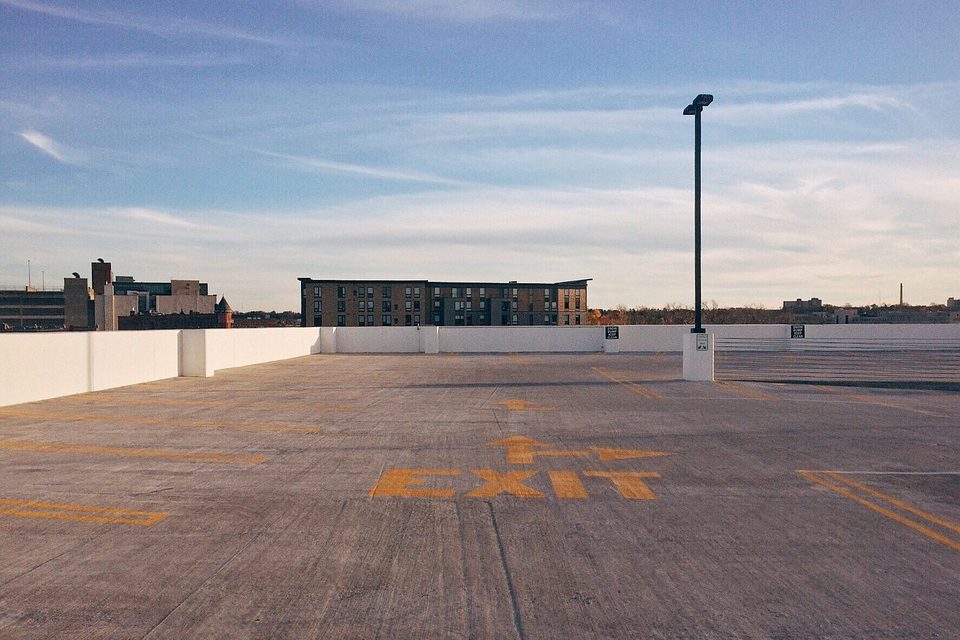Greensboro Water Resources Director Steven Drew gave a report on the city’s work on environmental sustainability to the City Council in July. The City Council is scheduled to hear the report again at the City Council meeting on Tuesday, Sept. 3 at the Public Safety Training Facility at 1510 N. Church St. at 5:30 p.m.
There is actually a lot of low hanging fruit in the area environmental sustainability that wasn’t covered in the report.
For instance, parking. The city ordinances require far too many parking spaces to be built for almost everything from retail establishments to residences. If the City Council is really interested in environmental sustainability, it should at the very least reduce the required parking across the board and thereby reduce the amount of land that is being cleared and paved to provide parking spaces that are rarely if ever used.
The first tiny house community in the city was held up because the city ordinance required two parking spaces for each tiny house, which were built to provide housing for people who were experiencing homelessness.
Go to any shopping center built in the past 30 years at any time of any day of the week and you will almost certainly find a large number of empty parking spaces. It appears retail businesses are required to build parking spaces to accommodate the old Christmas shopping season. But even during most of the Christmas season there are empty parking spaces.
One reason for this is that the city requires too many parking spaces.
Another reason is that people’s shopping habits have changed but the ordinances have not. People now shop at their computers and have their purchases delivered to their doors while their cars remain in their driveways.
An example of why these parking regulations are not needed at all is the old Wachovia building downtown, which sat empty for a couple of decades before being transformed into Center Pointe. One of the reasons the building remained empty was that there was no parking. When Roy Carroll (who owns this publication) decided to turn the old Wachovia building into a mixed-use but mostly residential building, one big issue was parking. In the downtown there are no parking requirements. Carroll could have renovated the building without providing a single parking space for any of his tenants and it would have been perfectly legal.
But first Carroll worked out the parking issue to make certain he could provide parking for the residents and then he built Center Pointe, now one of the most prestigious addresses in Greensboro.
Another example is the Project Slugger building now under construction next to the baseball stadium. Once again there was no requirement that the developers provide a single parking space for any of their tenants, but construction didn’t begin until the city had worked out a deal to build a new parking deck across the street and agreed to rent a certain number of spaces for the building.
Why does the City Council think that developers downtown are smart enough to figure out how many parking spaces they need, but in the rest of the city only the City Council knows how many parking spaces is enough.


Government entities have never made sense.
Another thought on the same subject, in California they are using parking lots to produce electricity by covering them with roofs made of solar panels. Every school produces its own power by using solar panels covering its parking lots. If we did this with business buildings, hospitals, schools, commercial buildings so many places could save money by generating their own power.
Because the City Council knows everything!